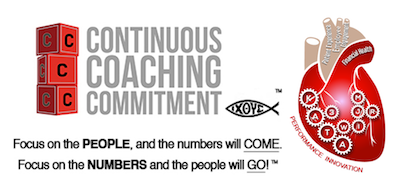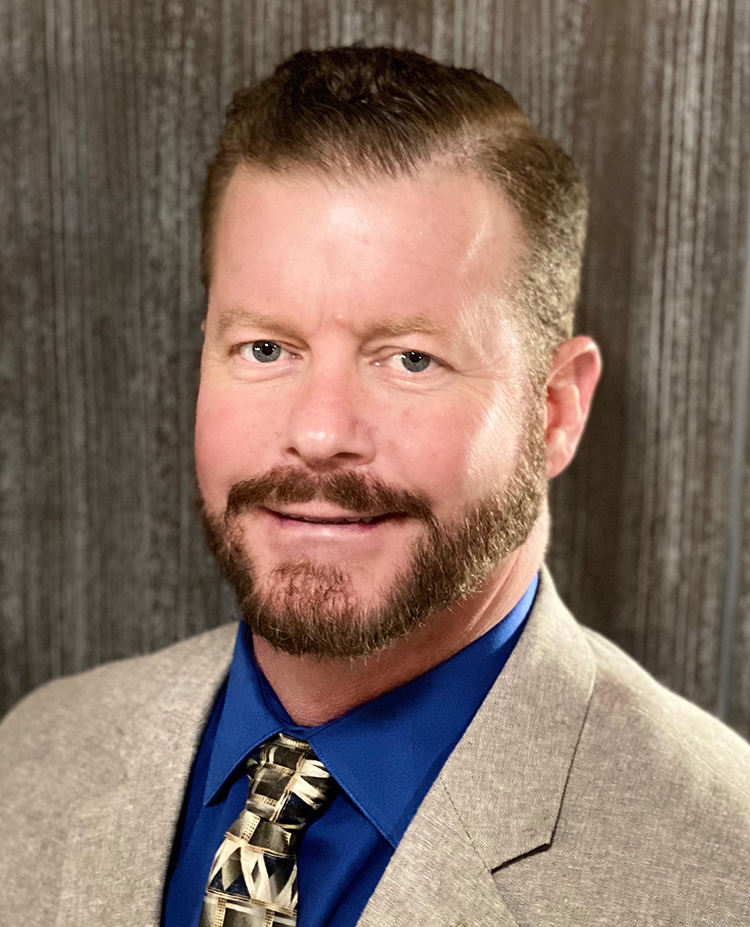When the Baptist Management System arrived at Baptist DeSoto in December 2015, team members reacted predictably: It’s just another “training” or initiative that will fade with time. When asked to zero in on a problem, most team members admit they confidently “knew” what needed to be fixed—and how to do it.
Fast forward to the present and the story rings different. Those same members from the hospital lab, the outpatient surgery area and the inpatient surgery teams, now tell a different story. And with remarkable results.
Hospital Lab
For as long as anyone can remember, the Baptist DeSoto lab collected specimens the same way by “drawing rainbows,” using tubes that were color coded. When asked to analyze the process to improve emergency department turnaround times, they began questioning the reasons for drawing extra blood and how many tubes were actually needed.
“We drew them because we didn’t want to stick a patient again if we had testing added on at a later time,” said Rick Tucker, director of laboratory services. When they looked closer, however, the team discovered they only used 10 to 15 tubes out of the 1000 drawn daily for add on testing. “It was really eye opening,” said Tucker.
Realizing the cost and waste, the lab stopped the process in the nursing units. When they saw no disruption, they implemented the new process in the emergency department. While providers initially were not 100 percent onboard, they began to see the bigger picture as times began to improve.
As a result, the department has saved $35,000 in tube costs, not including labels, needle sets or processing time. “All together, I think we’re saving closer to $50,000 to $60,000,” said Tucker.
When talking about how the Baptist Management System approaches improvements, everyone agrees the obvious problem is usually not the true culprit. “We discovered obstacles we never knew were there,” said Jean Guest, laboratory manager.
The new process was implemented on all three shifts. Everyone in the lab became more engaged in their work, taking ownership over the new process and sharing their ideas for improvement.
Surgery
Inpatient surgery teams began studying how to improve turnaround times between surgeries. “This meant cases with the same surgeon in the same operating room and the time it took for wheels out/wheels in of the next patient,” said Patti Beasley, nurse manager. Patti admits her team assumed the sterilization time or “kill time” would be the answer. In a short time, they found the obvious not to be the problem.
“We learned that everyone was setting up differently so we began by standardizing the tables and instrument placement. We created zones that led to more routine practices that saved time,” she added.
The result? Newly deemed Turnaround Teams have dropped the turnaround time between surgeries to 22 minutes. In one case, the time was only nine minutes.
Not only does the improved time alleviate patients waiting and add to greater satisfaction, surgeons aren’t waiting between cases. Baptist saves in overtime pay for staff who finish earlier and keep surgeons from wasting precious time between cases.
Outpatient Nursing
When teams tackle a new problem, or maintain a KATA, it’s natural for department lines to blur. Such is the case when the outpatient nursing group was assigned a transportation KATA, specifically to analyze turnaround times.
Yvette Yochum, nurse manager, and Lori Stanfill, head nurse, began analyzing the delays associated with transporting patients to the surgical holding area. It immediately became evident that multiple factors delayed the process, including when requests came through from surgery, having equipment, stretchers and transporters all in the same place. Likewise, when transporters arrived in an area, they spent time looking for the correct contact or nurse, which consumed more time. Even the time required to move patients from one area of the hospital was underestimated.
Through their process, the team made fundamental changes that improved transport time. First, people and equipment were staged first thing in the morning. Better communication from outpatient surgery about transports allowed for longer lead times.
In December 2015, prior to the start of KATA, only 20 percent of patients were transported to OR holding in 19 minutes or less. While 10 percent were transported in greater than 40 minutes, the majority at 70 percent were transported from 20 to 39 minutes.
By August 2016, the numbers show real progress. Eighty-five percent of patients were transported in less than 19 minutes, with no patient transport requiring longer than 40 minutes. Ninety-nine percent of patients are being transported in 29 minutes or less.
In the end, all the Baptist DeSoto teams involved with the Baptist Management System have personally observed a shift in thinking and interactions. Using visual boards has increased engagement, but more importantly, shifted thinking about a process. Those team members previously hesitant about speaking or sharing ideas are now more empowered—and contributing to improvements—as well as experiencing personal growth in their work.
ARTICLE SOURCE: http://www.baptistleader.org/baptist-management-system/bms-changes-mindsets-way-of-thinking-at-baptist-desoto/









No comments yet.